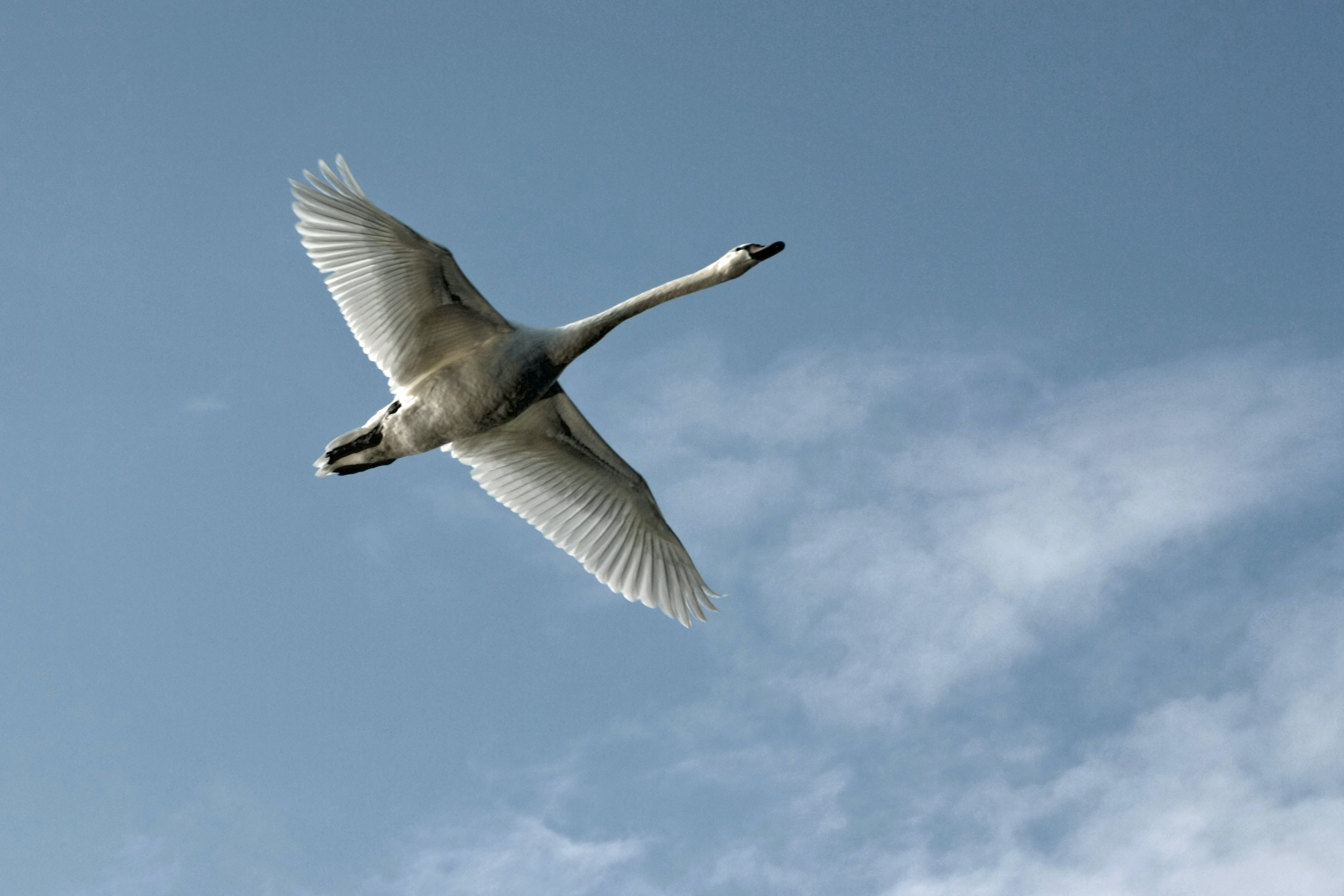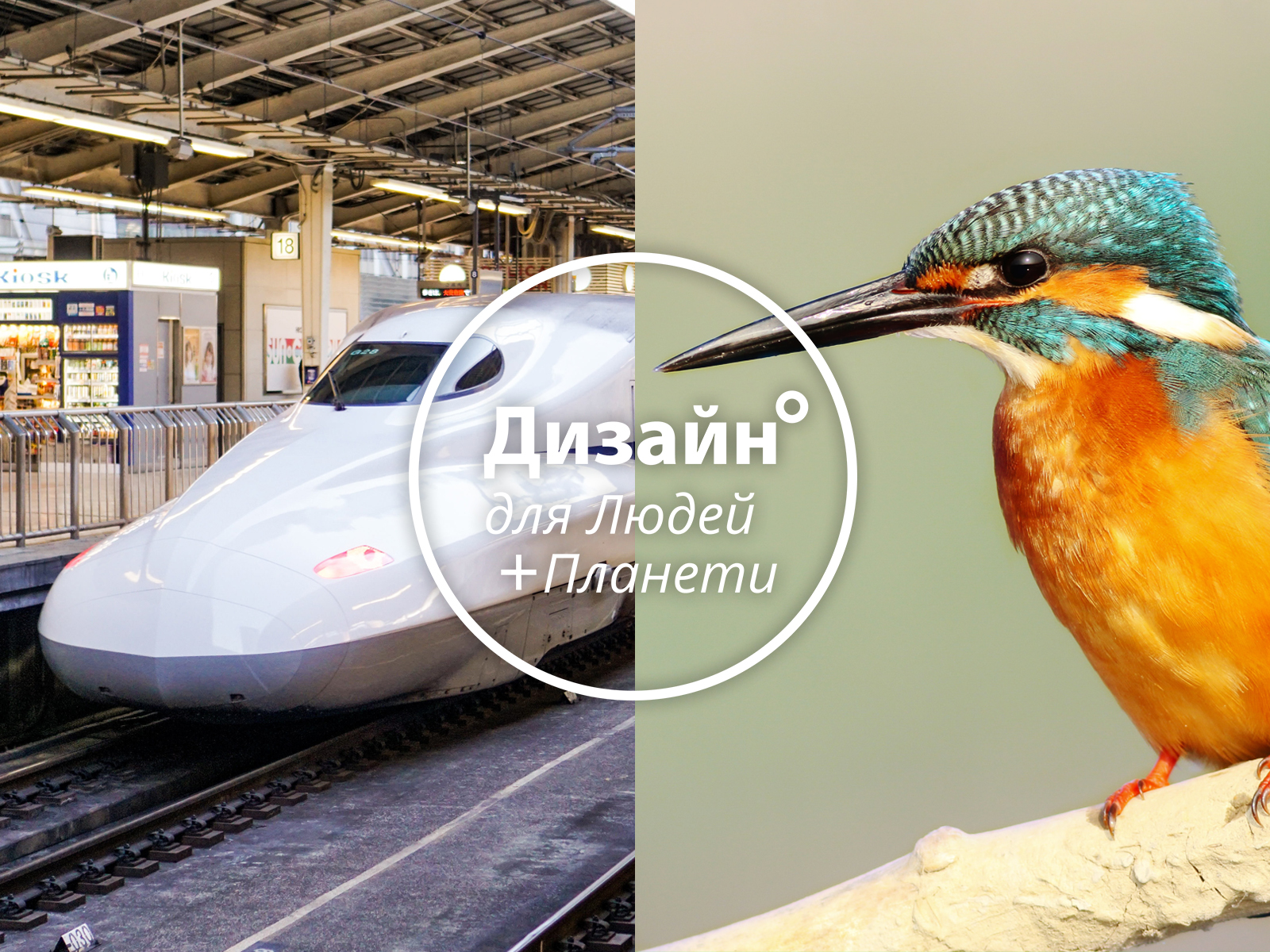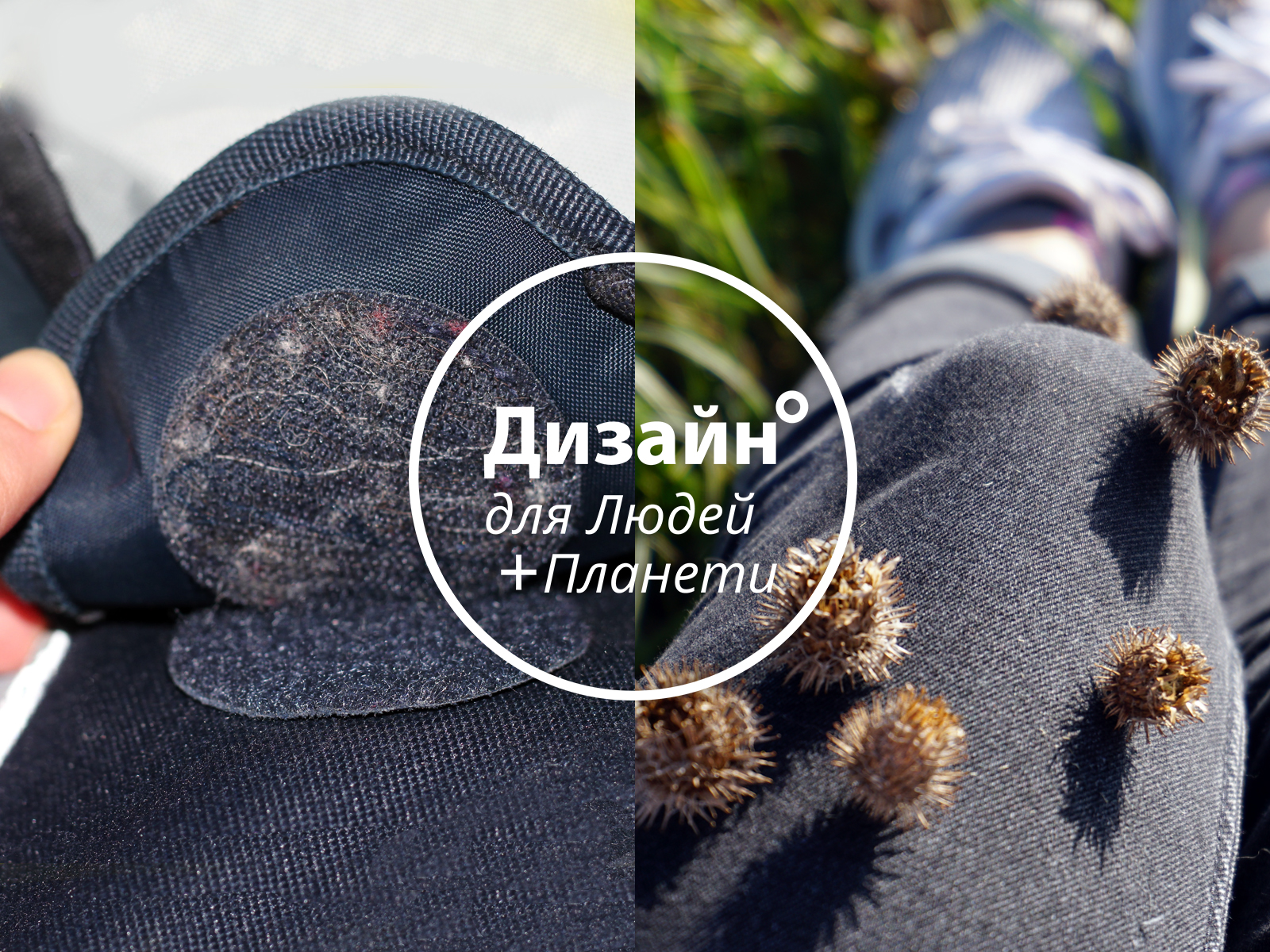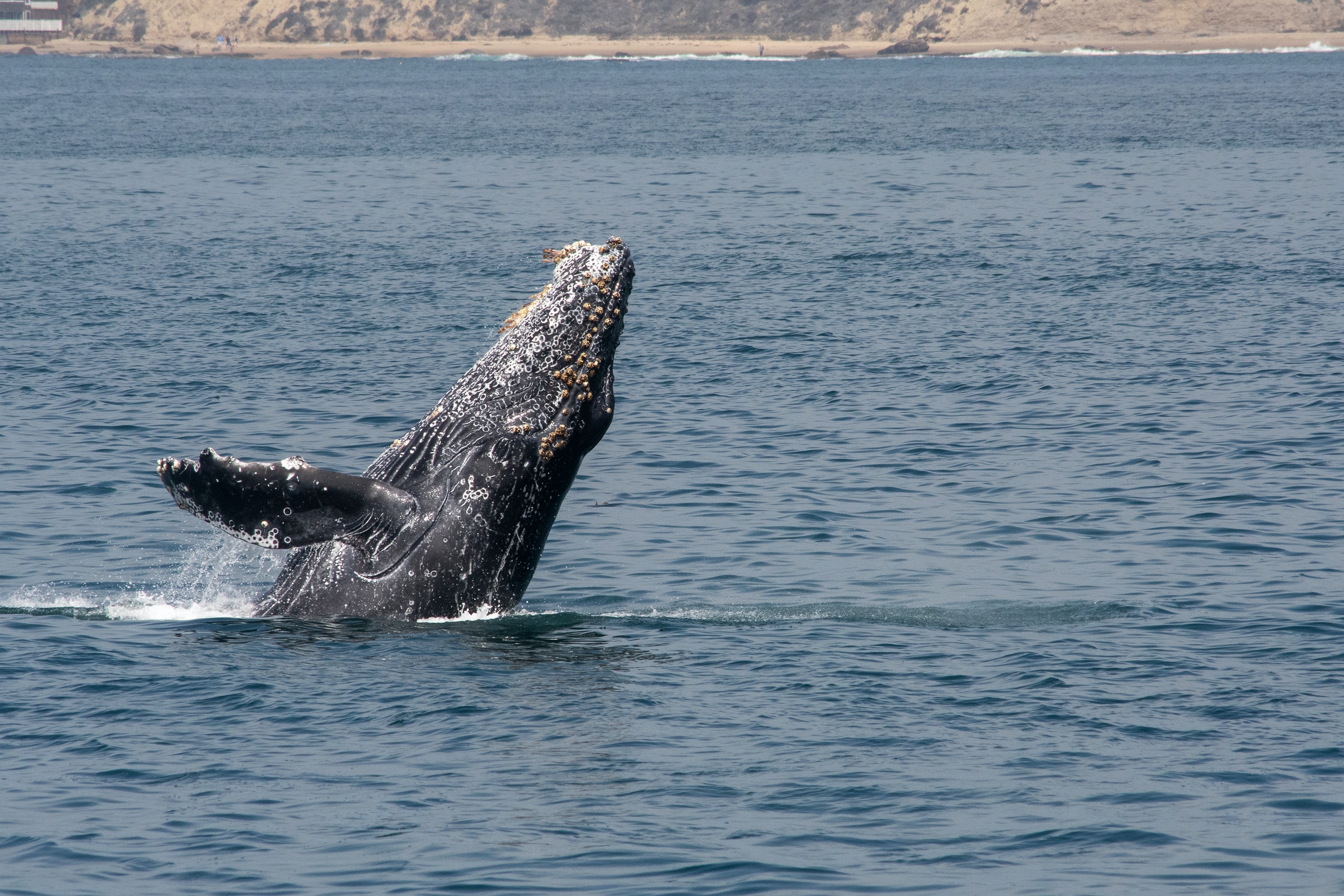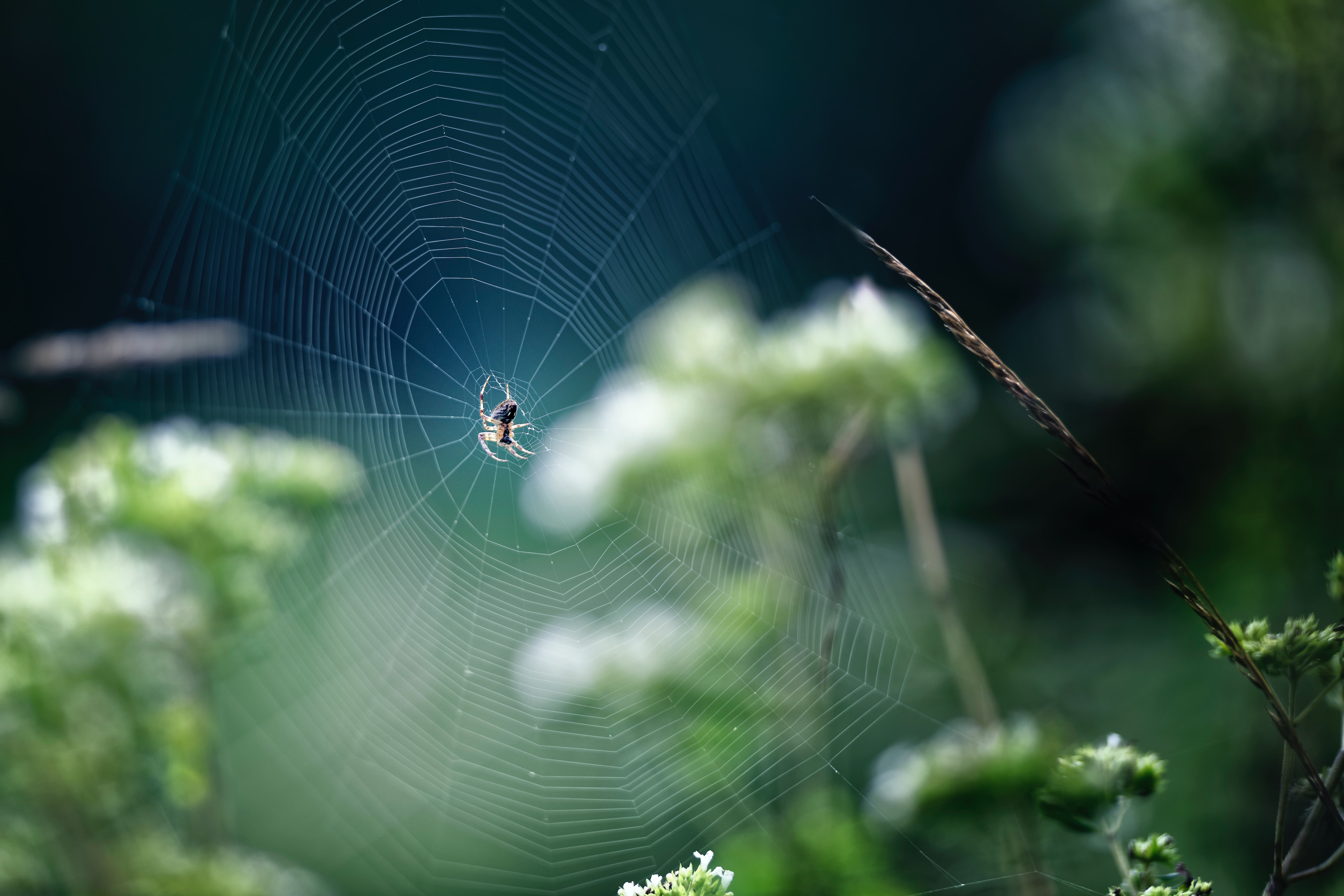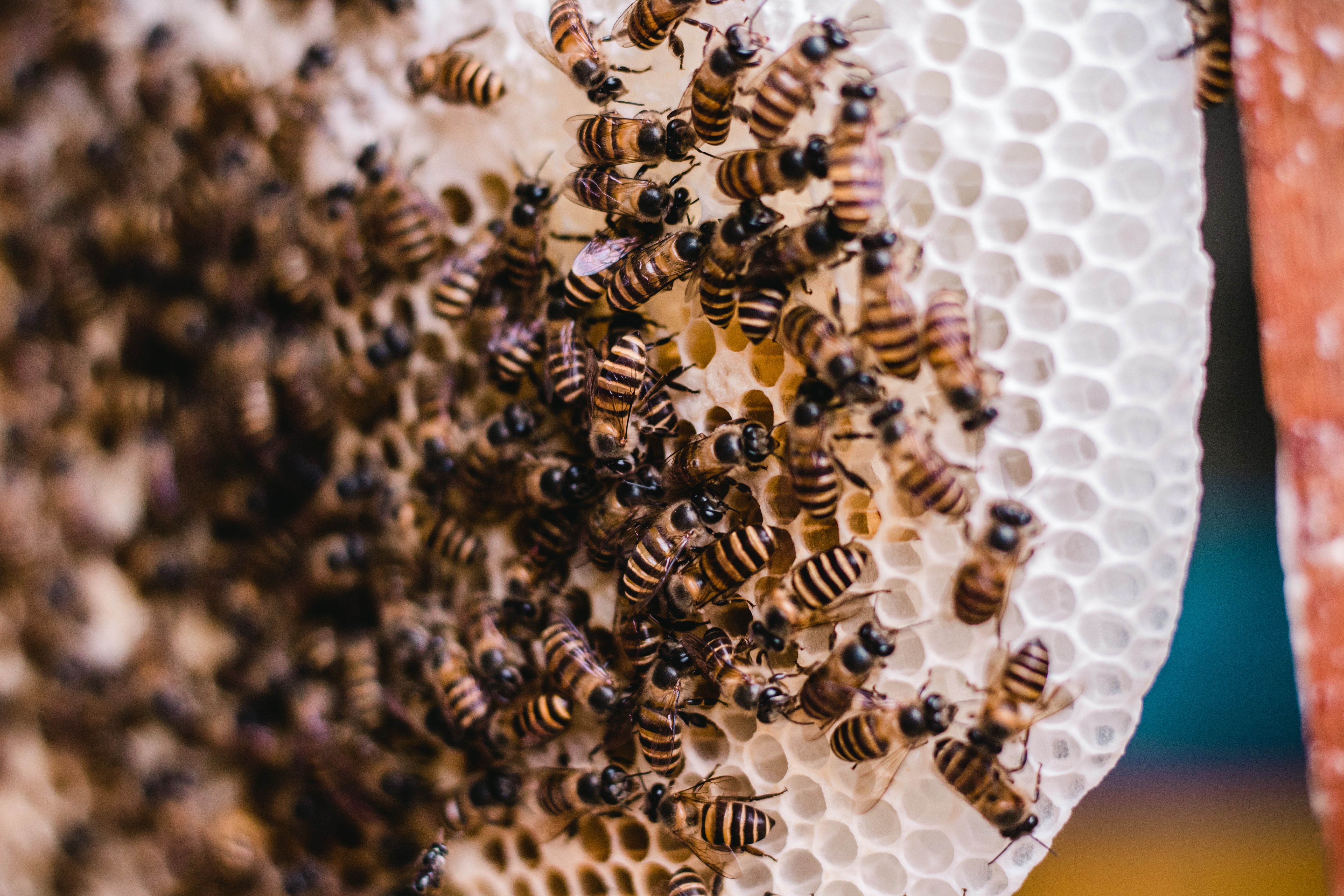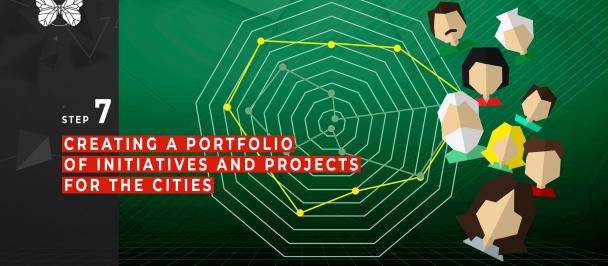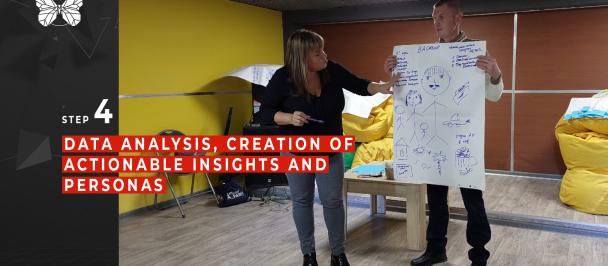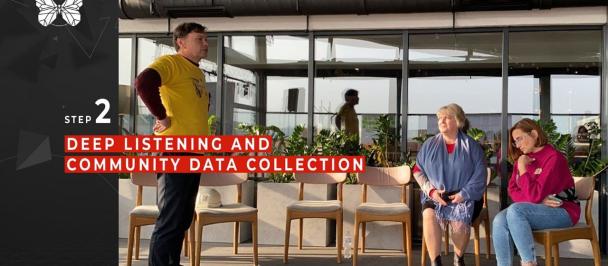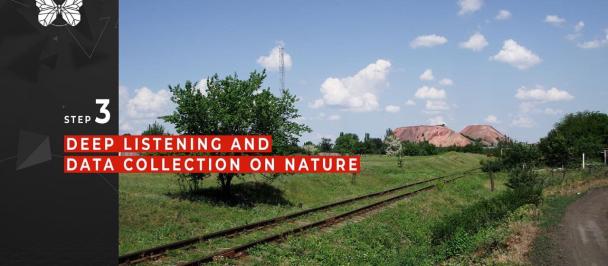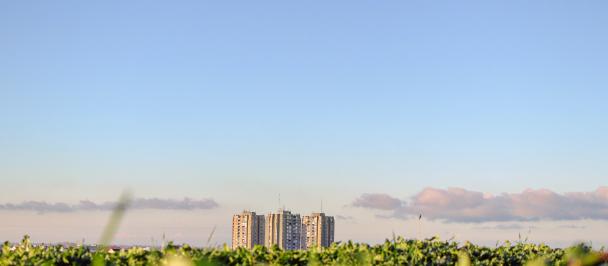Photo by Jan Genge / Unsplash
Text: Oksana Udovyk, Tetyana Kononenko
Usually, when we speak about innovations, the first association that comes to our mind is something technology-related, such as artificial intelligence, IT, hi-tech, etc. Much less often we mention social innovations, for instance, inclusive design solutions for the visually impaired people. But there is one more, no so widely known but very promising area of innovation – researching and adopting the innovations that already exist in nature.
The main idea is that nature has already found solutions to many of the problems and global challenges we face. Animals, plants and germs are outstanding engineers. After billions of years of “research and design,” nature has uncovered the secrets to survival, including in the harshest conditions. Biomimicry means uncovering these secrets, and replicating them to solve the challenges facing humankind.
What does this mean in practical terms? To illustrate how it works, we have selected some striking examples of how humanity is already using the innovations of nature:
Speedy as a bird
A kingfisher bird dives into the water from the air without a splash, and this is primarily due to the shape of its beak. Noticing this peculiarity, Japanese engineer and bird lover Eiji Nakatsu came up with the idea of using this special beak shape to solve a problem faced by high-speed Japanese trains, known as Shinkasen trains: Exiting tunnels, they produced a loud, thundering sound. The nose of the train was pushing the air ahead at a huge speed, thus creating a wind wall that not only produced a loud noise, but also slowed down the train. The new train design, inspired by the shape of the kingfisher's beak, helped to resolve this issue – the trains became not only much quieter but also 20 percent more energy efficient.
Sticky as a burdock
One day, coming back from hunting in the Alps in 1941, the Swiss engineer and inventor Georges de Mestral noticed a lot of burdocks stuck in his dog's fur. Mestral decided to study one of them under his microscope, and discovered a simple construction of hooks that could easily cling to fur or socks. After years of experimentation, he invented Velcro fastenings – and had his invention patented in the United States in September 1955.
Potent as a whale
Photo by Stacey Morrison on Unsplash
Humpback whales are surprisingly nimble swimmers, especially considering the fact that each one weighs around 36 tons. Their swimming skills have to do with the peculiar humps they have on the front edge of their fins. Frank Fish, professor of biology from Pennsylvania, United States, discovered that if such humps are added to wind turbines it results in reduces aerodynamic drag and increases lift force – and the efficiency of the technology increases by 20 percent. Today, this innovative solution is being developed by a Canadian company called Whale Power.
Thin as a spider web
Photo by Ijaz Rafi on Unsplash
ORNILUX is an insulated glass produced by German-based company Arnold Glas. This innovative solution helps to prevent birds from flying into glass windows. A special ultraviolet light-reflective coating on this glass is almost transparent to the human eye, but is clearly visible to birds, as they are able to see a wider UV spectrum than we do.
The idea of using a UV coating was developed thanks to scientific research that found that some species of spiders interweave lighting strands into their web. This is how spiders can lure in insects while warding off larger animals, including birds.
Organized as a beehive
Photo by Nathaniel Sison on Unsplash
REGEN Energy Technology Company has been studying insects for several years, focusing, in particular, on how to integrate the principles of bees' behaviours into developing their software. Reconstructing the self-organization process of honey bees, the company developed a system for optimizing energy networks: Each individual node in the energy grid operates “autonomously” of the control centre. For example, in large buildings, the company installed controllers that help determine the level of energy consumption and automatically reduce or adjust electricity needs during the hours of peak demand.
Curious to know more?
We have collected English-language resources about biomimicry for you:
- Biomimicry Toolbox: This is basically an online tutorial on biomimicry;
- 8-Week Syllabus: Videos, worksheets, and more for studying biomimicry;
- Free online course on biomimicry;
- AskNature: An online encyclopaedia about nature-based innovations;
- Webinars: A list of webinars from Biomimicry Global Challenge, an international event organizer. Ukrainian participants can join the webinars or watch recordings of them after they have been presented live.
Do you have creative ideas?
This year Ukraine is for the first time holding a selection round for an international contest of innovative biomimicry-based solutions, the Biomimicry Global Challenge. We invite innovators, engineers, designers and inventors developing biomimicry solutions (even if they themselves do not describe them as biomimicry) to apply. The call for applications is open until 1 May 2020.
The national selection is being co-organized by UNDP Ukraine’s Accelerator Lab, in partnership with the Biomimicry Institute in the United States and a number of Ukrainian NGOs. You can learn more about this contest and how you can participate here.
You can also join in a free webinar scheduled for 21 April 2020, where you can learn more about the principles and objectives of biomimicry! To register for the webinar, please fill out this online form.

 Locations
Locations
